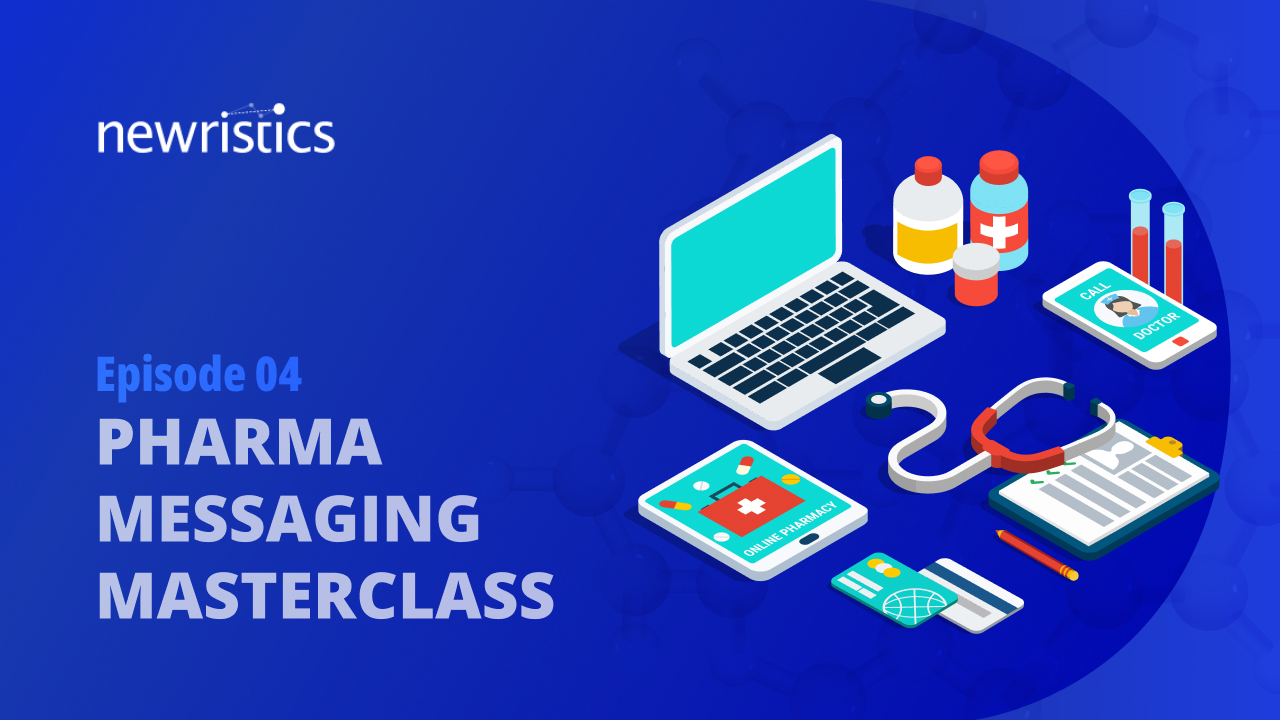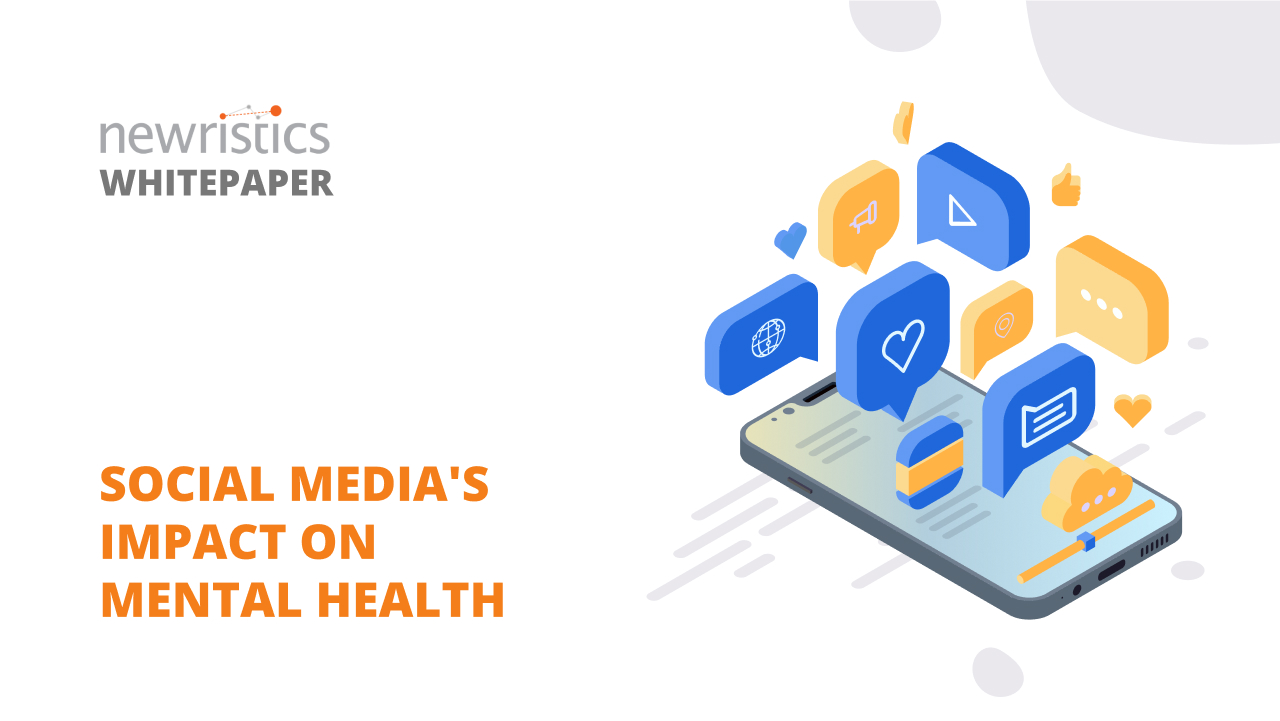Today messages are typically tested with customers continuously in campaigns

Campaign message testing analyzes what types of marketing messages create the most impact on target audiences. Historically, messages have been tested in primary market research with a representative sample of a few hundred customers.
With the growth of digital advertising, the concept of campaign message testing has gained traction. Brands can now test messages while they are being executed through messaging campaigns using techniques like A/B testing.
Message testing software and data analysis tools that are powered by artificial intelligence help brands test large numbers of messages continuously through in-market messaging campaigns. Based on this analysis, businesses can determine what type of content, offers, and marketing messages to their target audience will create the most engagement.
 Blog posts
Blog posts Newristics
Newristics
 18 July 2022
18 July 2022

 Back
Back Share
Share






 Video
Video

 Roundtable
Roundtable

 Whitepapers
Whitepapers



